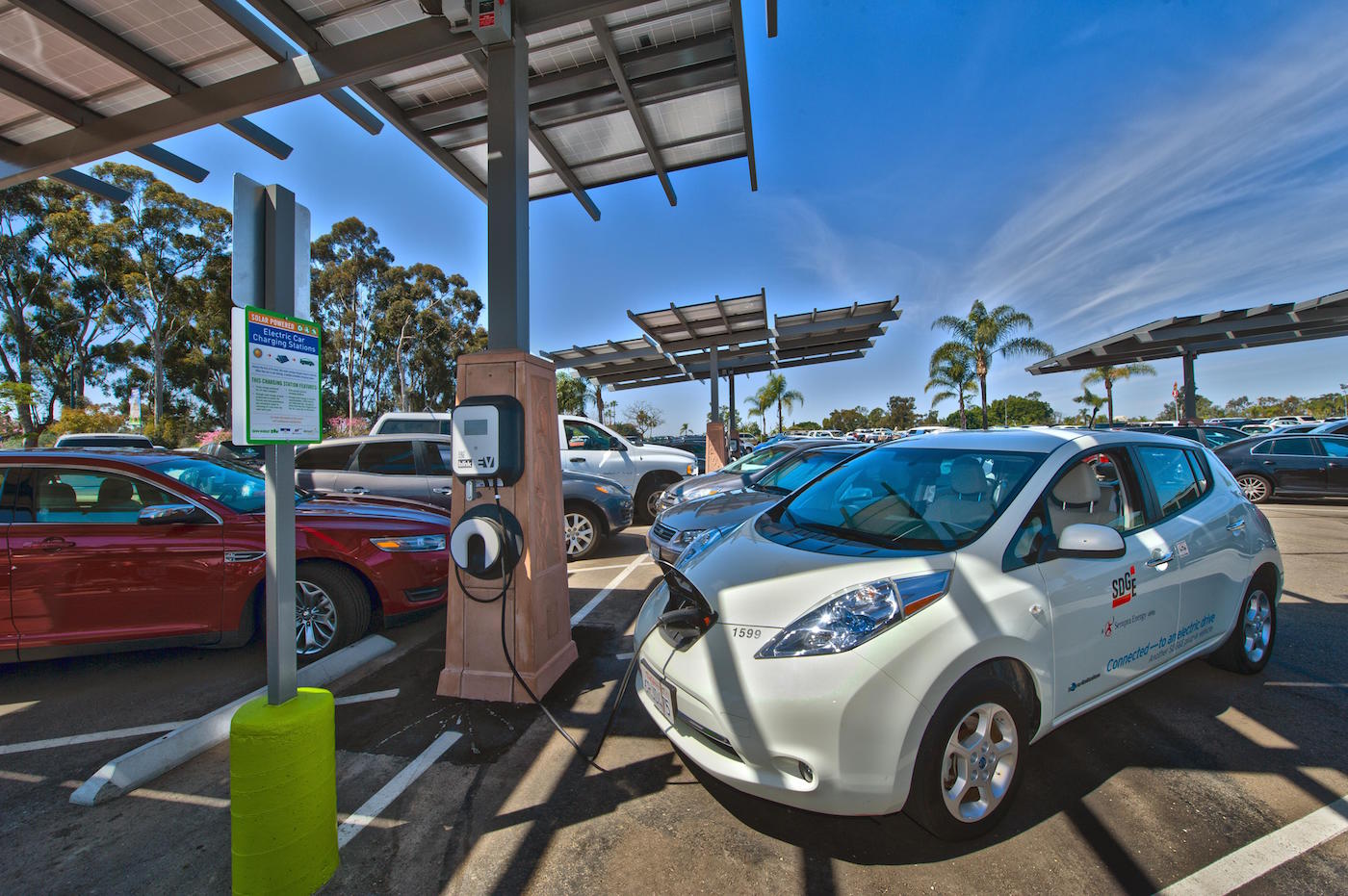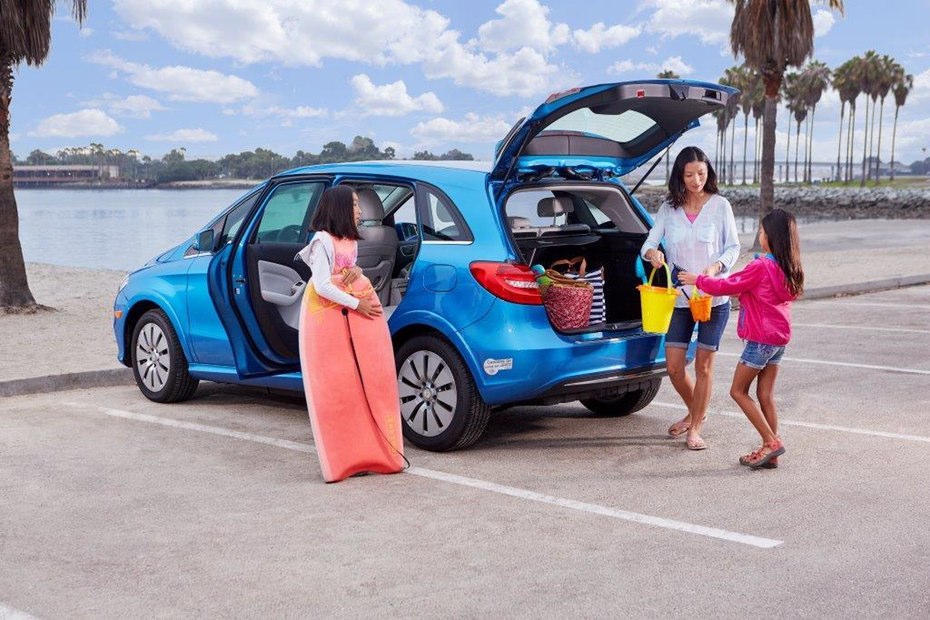
The California Public Utilities Commission (CPUC) has approved a pilot program that will see public utility San Diego Gas & Electric (SDG&E) install and operate 3,500 new charging stations for electric vehicles. Charges for plugging in to charge an electric vehicle will vary according to time of day in a scheme meant to encourage off-peak charging when renewable power sources are more plentiful.
This is the second such proposal from a public utility in California to meet approval, with Southern California Edison having received the OK to deploy 1,500 charging stations across its own territory north of the SDG&E stations. SDG&E will be building its 3,500 stations in the San Diego and south Orange County areas at 350 sites, including disadvantaged neighbourhoods.
The dynamic pricing ranges from US$0.18 per kilowatt hour in “super off-peak” summer rates (midnight to 05:00) to $0.46 during on-peak hours (noon-18:00, summer). For the majority of users, charging rates would be in the $0.22 per kilowatt hour. Charge rates are based on the EV-TOU2 rate charged to residential consumers with a smart meter installed.
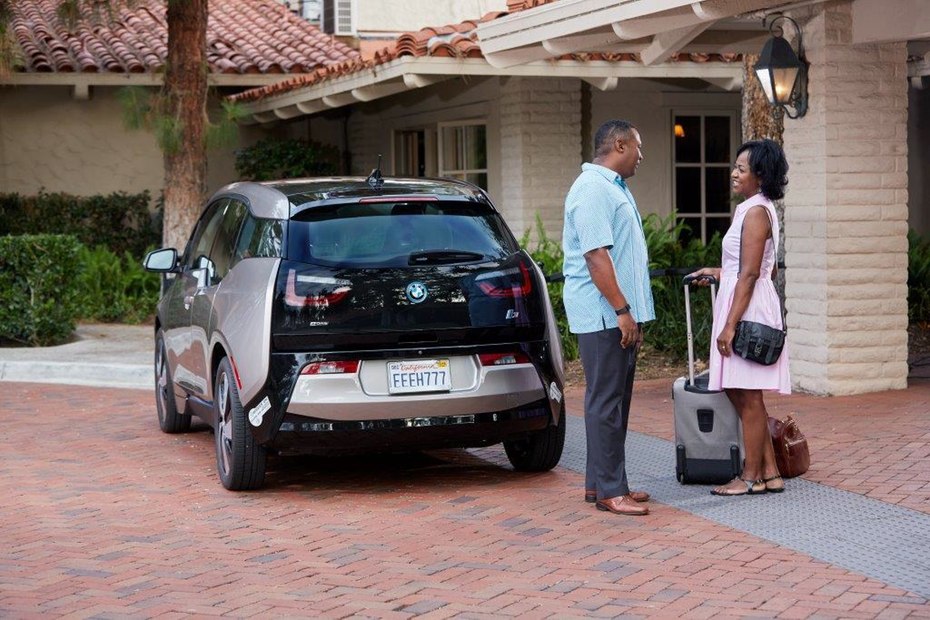
SDG&E’s budget for the charging station installations is US$45 million over three years. Charge rates and pricing will be shown to consumers plugging into the station via a smartphone app and current SDG&E customers will be able to use the app to have the cost of the vehicle charge added to their monthly bill. Many of the stations will be capable of delayed charging, allowing those plugging in to set a time frame for the charging to take place, depending on the station’s location and demand.
In vehicle charging, there are three types of chargers and three types of commonly-used adapters for plugging in. A Level 1 charger is a basic 120 V plug-in which trickles a charge into a vehicle at a slow rate, requiring many hours to recharge an electric vehicle’s battery. Most vehicles come with a basic Level 1 charger included.
From our partners:
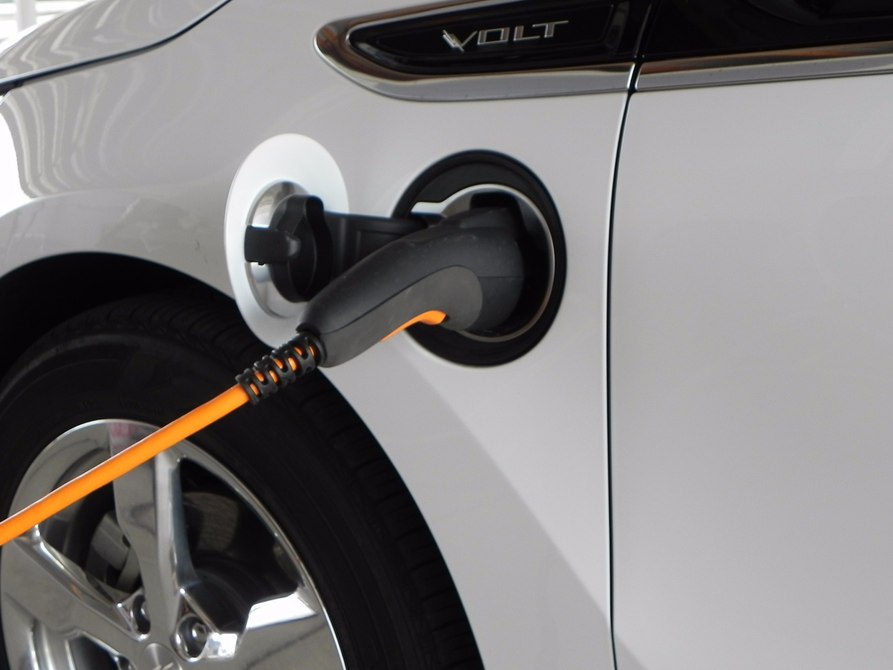
A Level 2 charger is faster and is the most common type of public charger and home charging station on the market now. These charge at 6.6 kW, which for an electric vehicle like the Nissan LEAF translates to 20-25 miles (32-40 km) of range for an hour of charging. Level 3 DC fast-chargers, by contrast, can charge an EV like the LEAF to about 80 percent of its full charge in only thirty minutes.
SDG&E has not made it clear what type of charging stations these 3,500 units will be, though it is likely that they’ll be Level 2 chargers, in the main, with a few in higher-demand areas being Level 3.
The cost difference between a Level 2 and Level 3 charger is significant. A typical Level 2 charger requires only a 240 V connection, which is the most common power input connection to residential and small commercial buildings in the United States. A Level 3 charger, however, requires much more power access, limiting their installation potential, and has a cost of $100,000 or more per installation.
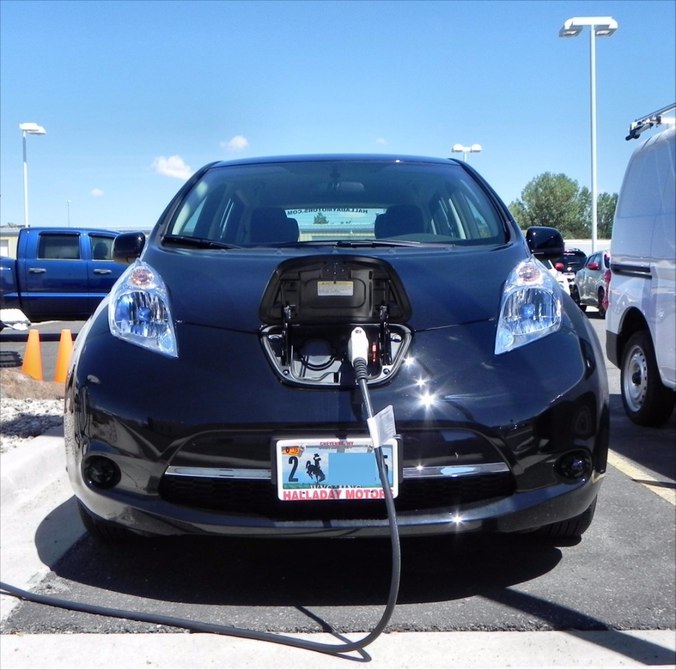
To go with these charging types, we also have three common plug-in types, not all of which are compatible. Most fast-charge-capable electric vehicles globally use the CHAdeMO plug (though this is changing). This offers charging speeds of up to 70 kW. Vehicles such as the Nissan LEAF, Mitsubishi i-MiEV, and the Kia Soul EV use this plug.
In Europe and North America, the new SAE Combined Charging Solution (usually referred to as SAE Combo and called CCS in Europe) uses a J1772 plug that caters for both AC and DC charging up to 90 kW. Vehicles like the Chevrolet Volt, Porsche Mission E, Ford C-MAX Energi and Fusion Energi and BMW i3 use the SAE plug. It is notable that the images included with the SDG&E announcement depict BMW i3 and Chevrolet Volt vehicles plugging in, leading us to believe that the SDG&E stations may offer SAE Combo plugs.
The third charging type is the Tesla Supercharger standard used only on Tesla Motors’ vehicles.
This feature originally appeared in GizMag.






